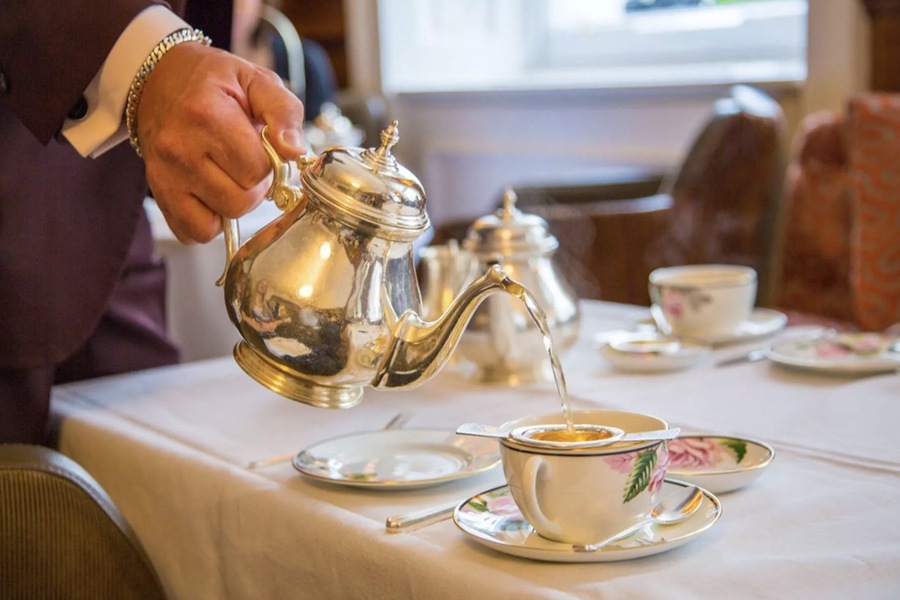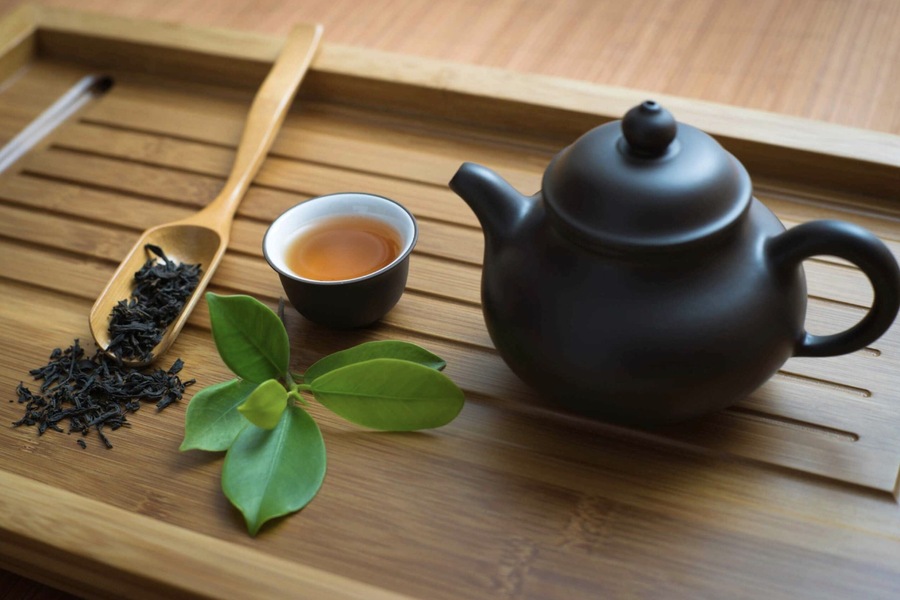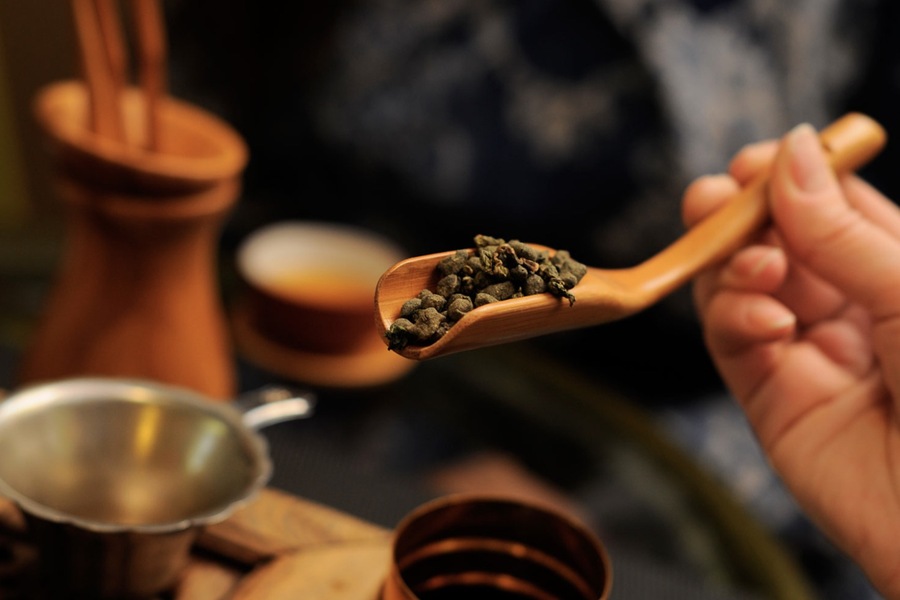Tea, one of the world’s most beloved beverages, is steeped in history and tradition, embodying centuries of cultural evolution, trade, and innovation. Originating thousands of years ago in ancient China, tea has journeyed across continents, shaping societies and inspiring rituals. Today, it stands as a versatile drink, celebrated for its flavors, health benefits, and adaptability to modern tastes. From its ancient origins to modern settings like The Infatuation Rooftop Bars, where tea-inspired cocktails elevate social experiences, this expanded exploration of tea’s fascinating history highlights its profound cultural impact, the diversity of its types, and its ongoing role in contemporary life.
The Origins of Tea in Ancient China
Tea’s story begins in ancient China, where it was first discovered and appreciated for its medicinal qualities. According to Chinese legend, tea was accidentally discovered in 2737 BCE by Emperor Shennong. While boiling water under a tree, Shennong noticed leaves from a nearby tea plant fall into the pot. Intrigued by the resulting aroma and taste, he drank the infusion and found it both refreshing and invigorating. This moment is widely celebrated as the mythical birth of tea.
In its earliest uses, tea was prized for its healing properties. Ancient Chinese texts extolled its ability to aid digestion, improve focus, and alleviate fatigue. During the Zhou Dynasty (1046–256 BCE), tea was cultivated and consumed by monks, scholars, and the elite. It became a symbol of wisdom and enlightenment, often associated with meditative practices.
By the Tang Dynasty (618–907 CE), tea had transformed from a medicinal drink into a cultural cornerstone. The Chinese developed sophisticated methods of processing tea leaves, such as steaming and drying, to enhance their flavor. The Cha Jing (or The Classic of Tea), written by Lu Yu in the 8th century, became the first comprehensive guide to tea culture, detailing its preparation, types, and etiquette. Tea became not just a drink but an art form, deeply woven into the fabric of Chinese society.

The Expansion of Tea Across Asia
Tea’s journey beyond China began with its introduction to Japan during the early Heian period (794–1185 CE). Japanese monks who traveled to China to study Buddhism brought tea seeds and knowledge back with them. Over time, tea became central to Japanese spiritual practices, particularly Zen Buddhism, which emphasized mindfulness and simplicity.
The Japanese tea ceremony, or chanoyu, emerged as a highly ritualized practice during the Muromachi period (1336–1573 CE). Masters like Sen no Rikyū refined the ceremony into an art form, where every gesture and object—teapots, cups, and even the arrangement of flowers—held symbolic meaning. This tradition of deliberate preparation and appreciation of tea continues to be a defining feature of Japanese culture.
In Korea, tea also found a foothold, becoming associated with the meditation practices of Buddhist monks. Over time, tea culture extended to the aristocracy and eventually to the general populace, blending spiritual, artistic, and social elements.
Tea’s Arrival in the West
Europe’s first encounter with tea occurred in the 16th century through Portuguese traders who visited China and brought the exotic drink back home. Tea quickly gained popularity among the European aristocracy, admired for its unique taste and perceived health benefits. By the 17th century, the Dutch East India Company was importing tea in larger quantities, making it more widely available.
In Britain, tea gained unparalleled significance, becoming a national obsession by the 18th century. Initially consumed by the elite, it eventually permeated all levels of society. The ritual of “afternoon tea,” popularized by Anna, the Duchess of Bedford, in the early 19th century, introduced a new social tradition centered around tea, delicate sandwiches, and pastries.
The Role of Tea in Global Trade and Colonization
Tea’s increasing demand in Europe had profound economic and political implications. The British East India Company established trade routes to secure a steady supply of tea from China, eventually leading to the cultivation of tea in British colonies like India and Sri Lanka. The introduction of Assam and Darjeeling teas in India diversified global tea offerings and solidified tea as a key commodity in international trade.
However, tea trade also played a controversial role in history, particularly during the 18th and 19th centuries. The British demand for tea led to imbalanced trade with China, which they attempted to offset by introducing opium, culminating in the Opium Wars. Additionally, the Boston Tea Party in 1773, a protest against British taxation on tea, became a pivotal event leading to the American Revolution.
The Diversity of Tea Varieties
One of tea’s most fascinating aspects is the incredible variety it offers. All true tea comes from the Camellia sinensis plant, but differences in processing, growing regions, and preparation techniques have resulted in a wide range of flavors, aromas, and colors. Here are the main types of tea:
- Black Tea
Fully oxidized, black tea is known for its bold, robust flavors. Popular varieties include Assam, Darjeeling, and Ceylon teas. In China, black tea is referred to as “red tea” due to its deep amber brew. - Green Tea
With minimal oxidation, green tea retains its fresh, grassy flavors and vibrant green color. It is especially prized for its high antioxidant content and health benefits. - White Tea
Made from young tea buds with minimal processing, white tea is delicate and mild, often described as the most refined tea variety. - Oolong Tea
A semi-oxidized tea, oolong combines the floral notes of green tea with the depth of black tea. It is beloved for its complex flavor profile. - Pu-erh Tea
This fermented tea is aged for months or even years, developing unique earthy and woody flavors. Pu-erh is particularly popular in China. - Yellow Tea
Rare and highly prized, yellow tea undergoes a unique fermentation process, resulting in a flavor profile that bridges green and white teas.
Modern Tea Culture and Innovation
In the 21st century, tea has evolved far beyond its traditional roots. It is now a versatile ingredient in beverages ranging from iced teas and bubble teas to sophisticated cocktails. For instance, tea-based cocktails like Earl Grey martinis and matcha mojitos have become staples at chic rooftop bars, combining the classic appeal of tea with contemporary flair.
Tea has also found a place in health and wellness trends. Matcha, a powdered green tea from Japan, is celebrated for its high antioxidant content and energizing properties. Herbal infusions, such as chamomile, rooibos, and hibiscus, offer caffeine-free alternatives for relaxation and hydration.

Cultural Significance and Modern Rituals
Despite its modern innovations, tea continues to serve as a cultural touchstone. In China and Japan, traditional tea ceremonies remain a vital link to the past. In Britain, afternoon tea is still a cherished tradition, while in India, street-side “chai wallahs” serve spiced tea to millions daily. Tea bridges the old and the new, the local and the global, offering a universal sense of comfort and community.
Conclusion: The Eternal Allure of Tea
The journey of tea, from its mythical discovery in ancient China to its status as a global phenomenon, is a testament to its enduring appeal. It is a drink that has inspired emperors, fueled revolutions, and connected cultures. Today, tea continues to evolve, adapting to modern tastes while preserving its rich heritage. Whether enjoyed in a ceremonial setting, at a bustling café, or as a refreshing cocktail at an infatuation rooftop bar, tea is a timeless beverage that brings joy, solace, and a sense of connection to people around the world.









